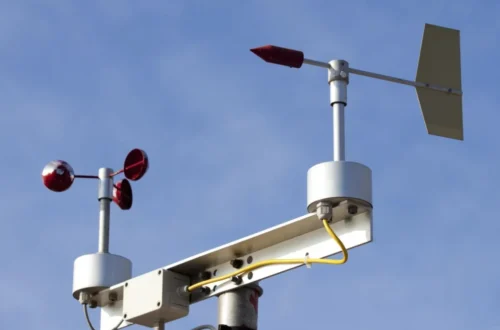Atmospheric Pressure Definition and Explanation

# Atmospheric Pressure Definition and Explanation
## What is Atmospheric Pressure?
Atmospheric pressure, also known as barometric pressure, is the force exerted by the weight of the Earth’s atmosphere on a given surface area. It is a fundamental concept in meteorology and physics that affects weather patterns, human physiology, and various industrial processes.
## How Atmospheric Pressure Works
The Earth’s atmosphere consists of multiple layers of gases that extend upwards for hundreds of kilometers. Gravity pulls these gases downward, creating pressure at the Earth’s surface. This pressure decreases with altitude because there’s less atmosphere above to exert force.
### Key Characteristics of Atmospheric Pressure:
– Measured in units called atmospheres (atm), Pascals (Pa), or millimeters of mercury (mmHg)
– Standard atmospheric pressure at sea level is 1 atm (101,325 Pa or 760 mmHg)
– Varies with weather conditions and altitude
– Affects boiling points of liquids and human breathing
## Measuring Atmospheric Pressure
Scientists use various instruments to measure atmospheric pressure:
– Barometers: The most common instrument for measuring air pressure
– Aneroid barometers: Use a sealed, flexible metal chamber
– Mercury barometers: Measure the height of a mercury column
## Effects of Atmospheric Pressure
Atmospheric pressure influences many aspects of our world:
### Weather Patterns
Changes in atmospheric pressure help predict weather conditions. Low pressure often brings clouds and precipitation, while high pressure typically means fair weather.
### Human Health
Rapid changes in atmospheric pressure can affect people with certain medical conditions. At high altitudes where pressure is lower, some people experience altitude sickness.
### Industrial Applications
Many industrial processes, from vacuum packaging to aircraft design, must account for atmospheric pressure variations.
## Interesting Facts About Atmospheric Pressure
– The weight of the entire atmosphere is about 5.5 quadrillion tons
– Atmospheric pressure at the summit of Mount Everest is about one-third of sea level pressure
– The lowest atmospheric pressure ever recorded was during Typhoon Tip in 1979 (870 mb)
– The highest atmospheric pressure ever recorded was in Siberia (1083.8 mb)
Understanding atmospheric pressure helps us predict weather, design better technology, and comprehend our planet’s complex atmospheric systems.
Keyword: atmospheric pressure define


